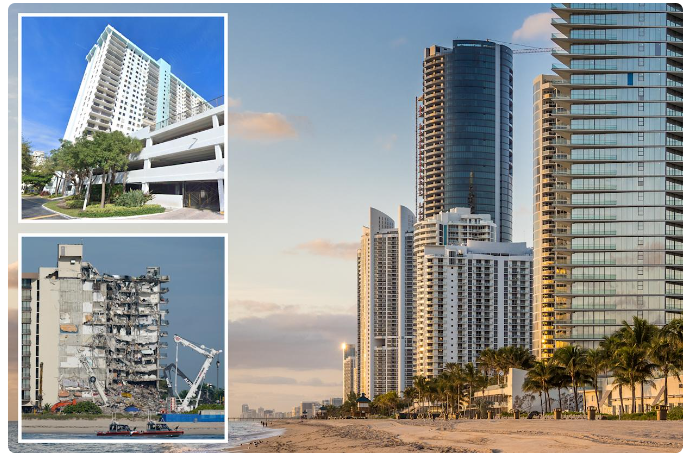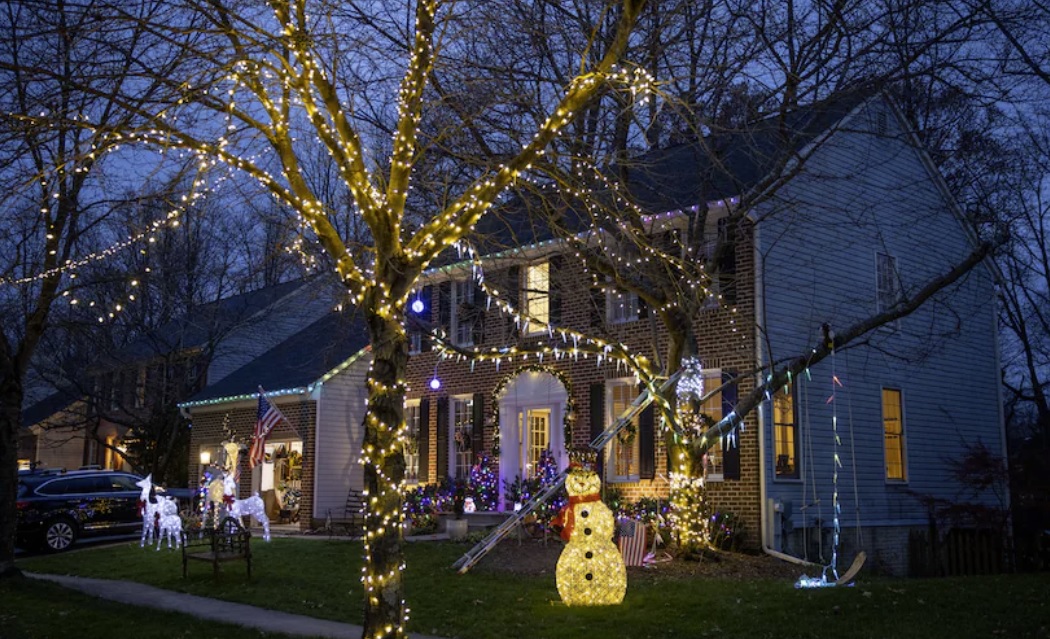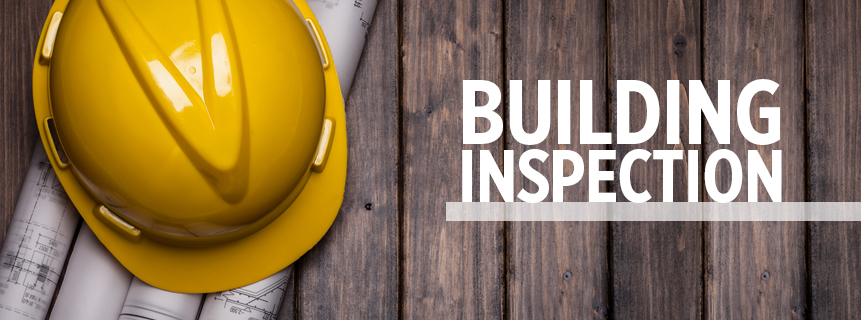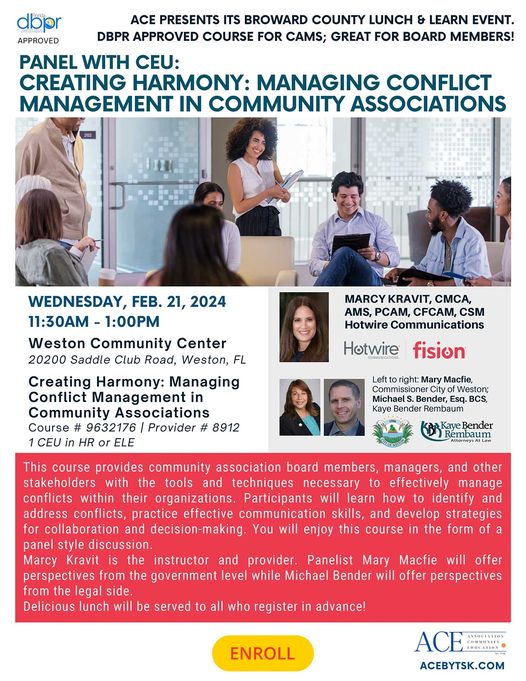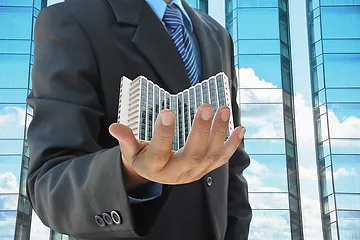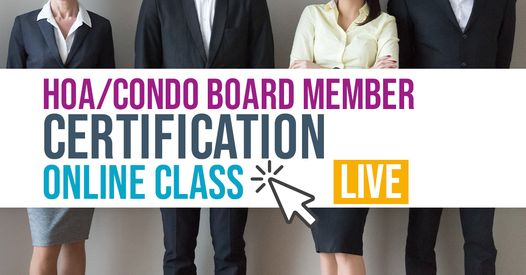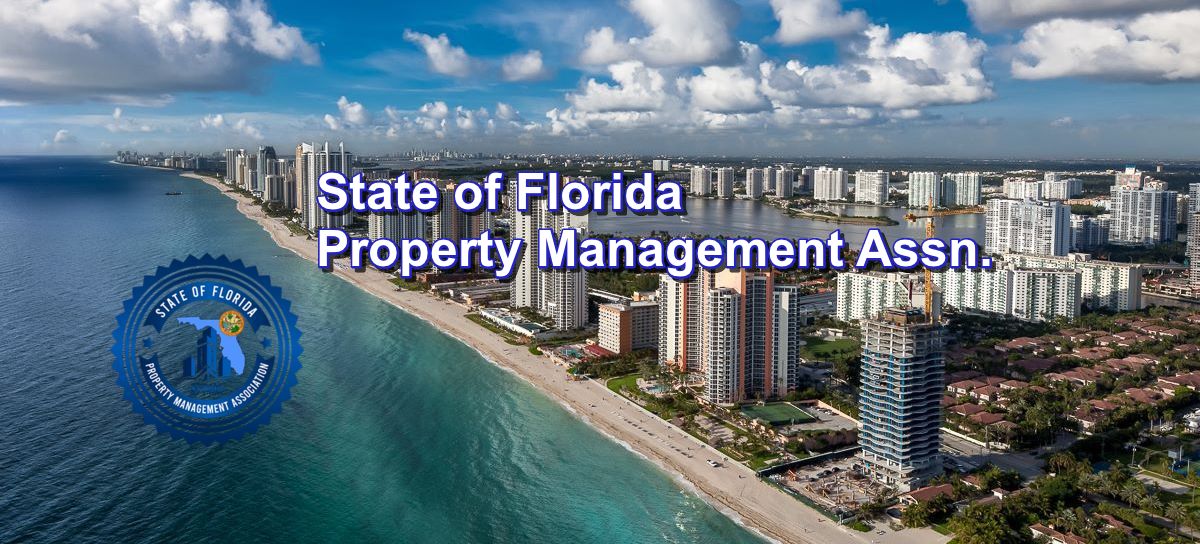Florida’s brewing condo crisis as property values drop in once-coveted retirement haven
A slow-motion crisis is unfolding in Florida’s condo market, threatening to upend the state’s image as a haven for retirees and reasonably priced beach living.
Owners of the state’s older condos are bracing for steep special assessments, while racing to sell their homes and receiving only tepid buyer response.
Amid a property market that’s still vibrant for nearly every other segment, Florida’s aging condominiums are losing value. And nearly 1,400 buildings are now blacklisted from receiving mortgage financing, making those apartments an even-tougher sell.

At the heart of this turmoil is a basic reality: Florida’s aging condo buildings desperately need repairs, and state officials are forcing them to assess (and pay for) those long-overdue upgrades.
Under a law enacted after the tragic 2021 collapse of Champlain Towers South in Surfside, which saw 98 people lose their lives, condo boards may no longer defer major structural improvements to another day — or decade. The “Building Safety Act” required every condo tower in Florida aged 30 years or older to complete a structural integrity study by the end of 2024, to get a full grasp of what problems need fixing.

This year, the tab for those repairs comes due. Condo boards must now set aside funds to fix the issues found in those studies — from concrete restoration to balcony overhauls. And the assessments on individual condo owners are looking both pricey and unsettling.
“You’re going to see a massive reduction in the value of these buildings based on these giant special assessments and the work that has to be done,” said Orest Tomaselli, CEO of Strategic Inspections, which advises condo boards nationally on how to shore up their reserves.
In Florida buildings he’s worked with, Tomaselli has seen special assessments as low as $250 per month, to a property that levied $2,500 per month, per unit owner, for a three-year stretch.

“There are real people in these units that may be displaced,” Tomaselli said of the assessments, “that may lose their nest egg and may lose tremendous amounts of value in their units.”
”At Aventura’s Mediterranean Village, a waterfront condo complex with a marina out front, unit owners were hit with six-figure special assessments last year, some as high as $400,000, according to published reports.

At Miami’s Cricket Club, a 50-year-old waterfront tower burdened with $134,000 special assessments per condo, 23 of the building’s 217 condos are currently for sale, according to brokerage Compass. In a Miami market where the median condo price was $445,000 in the fourth quarter of last year, condos at the Cricket Club are seeking buyers with prices as low as $220,000 for a 1,950-square-foot two-bedroom on the 19th floor. (The owner initially sought $330,000).

Meanwhile, at Summit Towers in Hollywood, a building-wide special assessment of $56 million led to the ousting of four board members in a January election, in favor of new members who promised “a more moderate approach” to building up reserves, said Amy Greenberg, a broker and resident of the building with several listings there.
“A lot of people moved here to be able to retire and live their life here, and they’re on fixed incomes,” said Kathleen DiBona, a 50-year resident of Hollywood who serves as president of the Hollywood Beach Civic Association. “They’re having a difficult time being able to manage all that’s coming and hitting them.”Many owners whom DiBona knows in Hollywood, a city dotted with older towers, are seeking to off-load units with little success. Others, she said, have dropped insurance coverage for their condos so they can manage to pay their special assessments.
Failure to pay these assessments will impact more than just the individual owners who can’t afford them. If 15% of unit owners in a building default, the entire property could become ineligible for mortgage financing, according to Tomaselli of Strategic Inspections.
“What happens if nobody can get a loan to buy a unit in your building?” says Joseph Hernandez, a Miami-based partner in the real estate group of law firm Bilzin Sumberg. “It essentially makes the units in your building unsaleable and it makes the value of those units go down.
“We may see a lot of condo projects go into distress.”
Some could already be getting close. In February, Fannie Mae, the national mortgage finance agency, updated its running list of “unavailable” US condo buildings, meaning they are no longer eligible for mortgage financing. Of the 4,885 buildings currently on the list, 29% are located in Florida, the highest share of any state. The top reason: “critical repairs or deferred maintenance,” according to a person familiar with the roster.

One newly flagged example is 4000 Island Blvd., a 32-story condominium in Aventura’s exclusive Williams Island, which was built in 1985 and added to Fannie Mae’s no-lending list in January. At least 24 unit owners are trying to sell, according to Compass. Barry Sytner, the condo board’s president, called the building’s inclusion on Fannie Mae’s list “incorrect,” noting that the property just secured a bank loan commitment to cover expenses tied to its 40-year inspection.
There are roughly 1.1 million condo units in Florida that are 30 years old or more, and subject to the new law, according to the Florida Policy Project. Of those, 58% are concentrated along the Southwest and Southeast coastal counties, in places like Tampa, Clearwater and the greater Miami metro area, including Fort Lauderdale and Palm Beach County.

That means the law’s reach extends to more than half of all condo owners in Florida’s famed retirement enclaves. According to brokerage ISG World, apartments that are over 30 years old accounted for 86% of all Southeast Florida condo listings in the fourth quarter of 2024 — a total of 17,198 properties for sale across Miami-Dade, Broward and Palm Beach counties.
Yet even as thousands of newcomers flock to the region, these abundant and discounted units are languishing on the market, weighed down by the threat of special assessments and uncertainty over looming repair costs.

“The fear of the unknown is scaring the hell out of potential buyers,” said Craig Studnicky, ISG’s chief executive officer.
“Remember that show, ‘Let’s Make a Deal?’ ” Studnicky said. “They may get a special assessment and it could be quite modest, which means you just made one hell of a deal. But what if you’re wrong, and the special assessment is gargantuan? Not only is the special assessment big, but the scope of construction is big, and you’re going to be living in a construction site for the next two years.”
The full extent of special assessments is still an open question for many Florida properties. While the state deadline for condos to submit their structural integrity studies was on Dec. 31, only 39% of buildings in Southeast Florida have done so, according to the Miami Association of Realtors.
Some of that’s because engineers were simply not available, amid a statewide rush to get these studies completed. Others could be gambling that enforcement won’t be robust or swift, said Peter Zalewski, a Miami-based broker, analyst and condo investment consultant.

“You have buildings that are shopping for studies, because maybe they’re coming in too high, and maybe they can find someone who can lowball it,” Zalewski said.
“People are figuring out what to do,” Zalewski added. “They think there will be a silver bullet, some kind of cure in the upcoming Florida legislative session” amid outcry from condo owners
The state legislature, which convenes its 2025 session March 4, has no plans to bail out condos or offer reprieve from the deadlines to fund repairs, Florida legislative leaders said at a condo conference last month held by Miami Realtors, according to Homes.com.

Lawmakers, however, might consider financing solutions to help condos cover the cost of structural studies and maintenance, including allowing reserve funds they set aside to be invested.

Despite some maintenance challenges, Florida’s older condos still reflect the only affordable opportunity at homeownership for those who can’t swing the price tags of Miami’s new crop of ultra-luxury developments, says Scott Diffenderfer, a Miami-Beach-based broker for Compass who specializes in sales of older units.
He says he’s pretty upfront with potential buyers these days about the scope and costs of repair that some of his listings will undergo.
Brokers view the new regulations and mandatory repairs as a necessary correction to Florida’s once-lax condo standards, Diffenderfer explained.
Previously, buyers had little insight into a building’s true condition — much like purchasing a used car without a Carfax report.

Now, with stricter enforcement requiring proper reserves and full disclosure of maintenance history, brokers say the condo market could become more transparent and ultimately unlock greater value for owners.
“For probably 75% of the buildings in South Florida, when the dust settles, people are going to say, ‘You know what? That was painful. But look at these buildings!’ ” Studnicky said. “They’re in great shape.”
We see our members for the past years the ones being called upon by condo Boards to help them navagate the waters for inspections, Boards tell us SFPMA Directory is one place they find the most help, top companies giving them the honest assessments for Owners.


